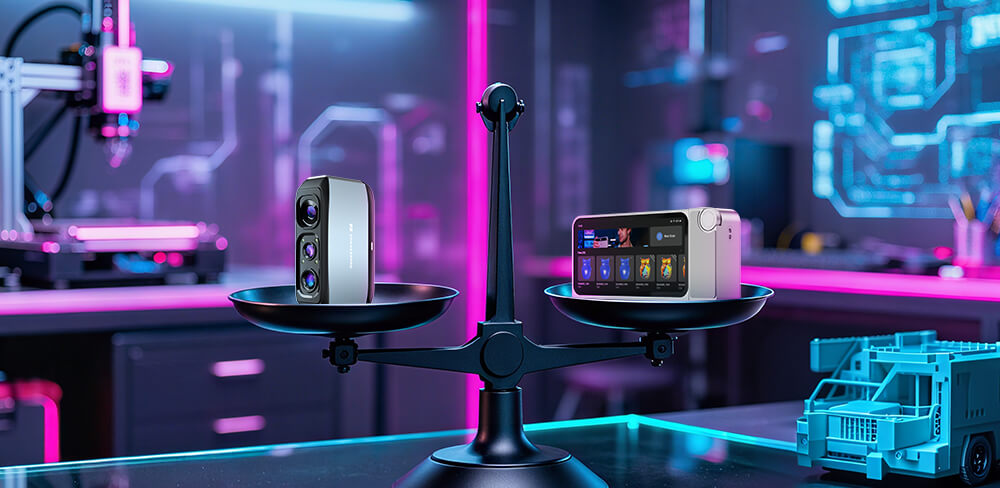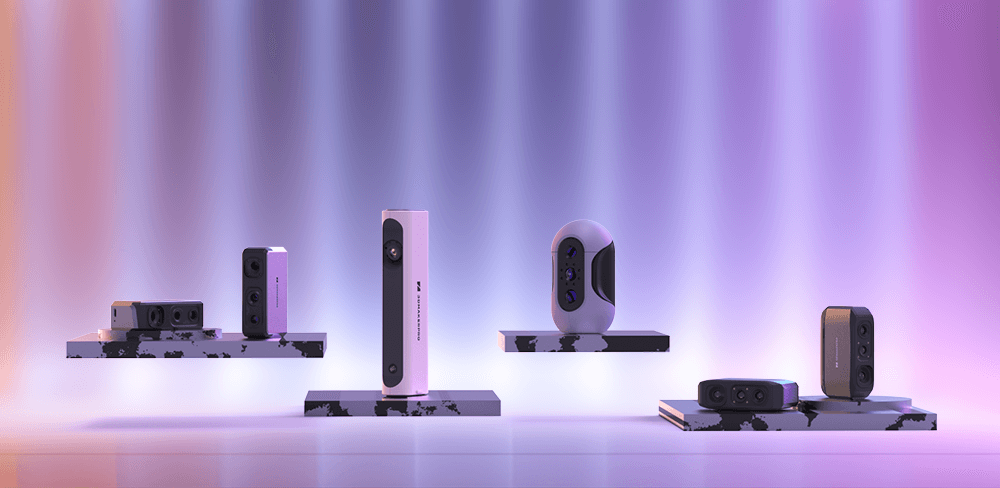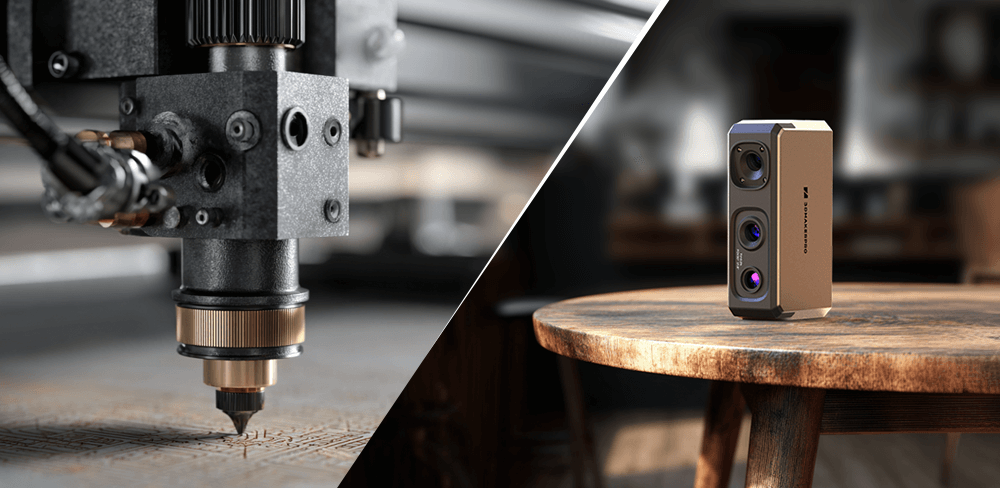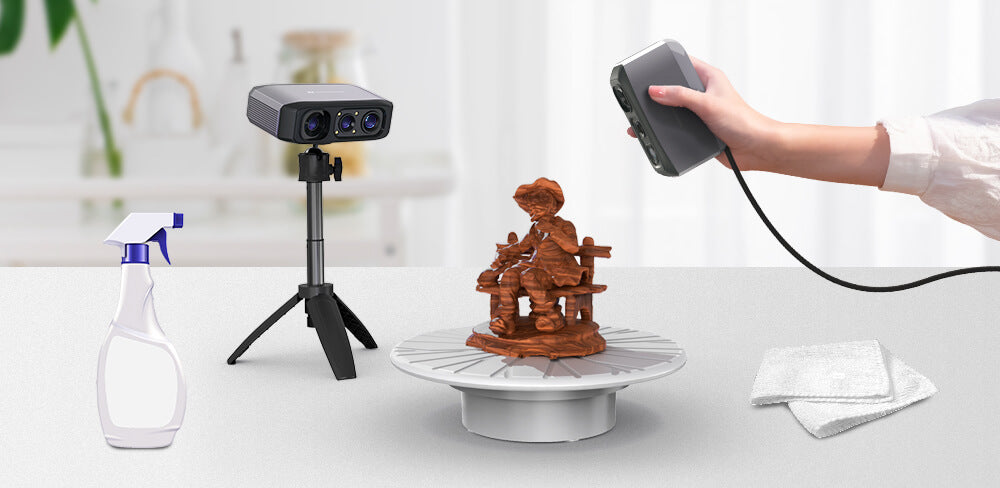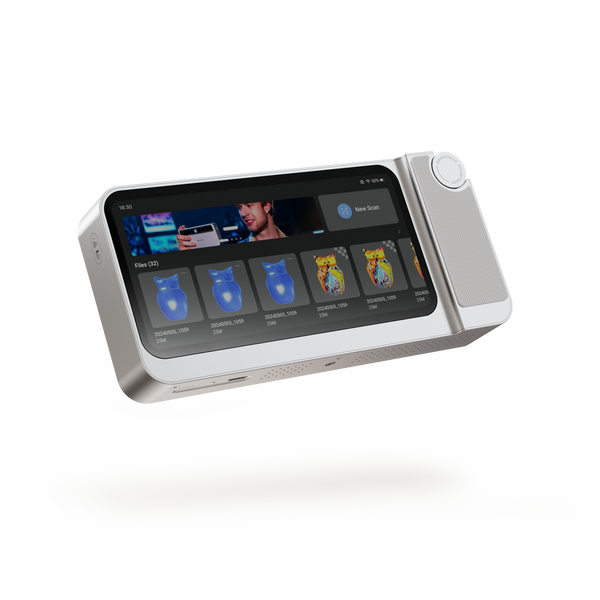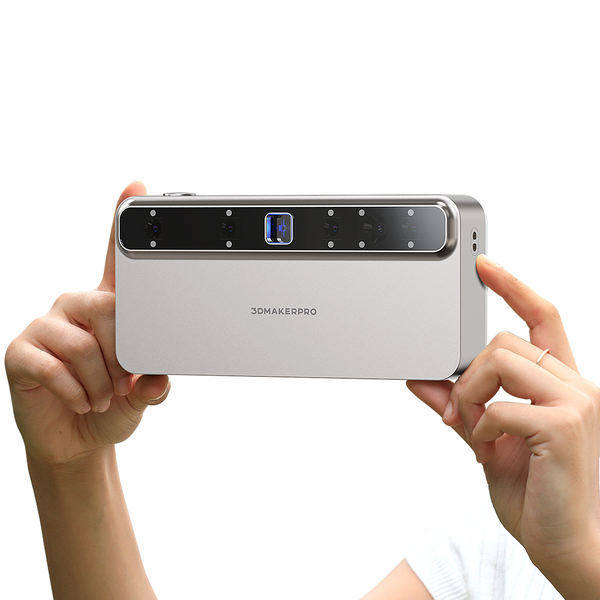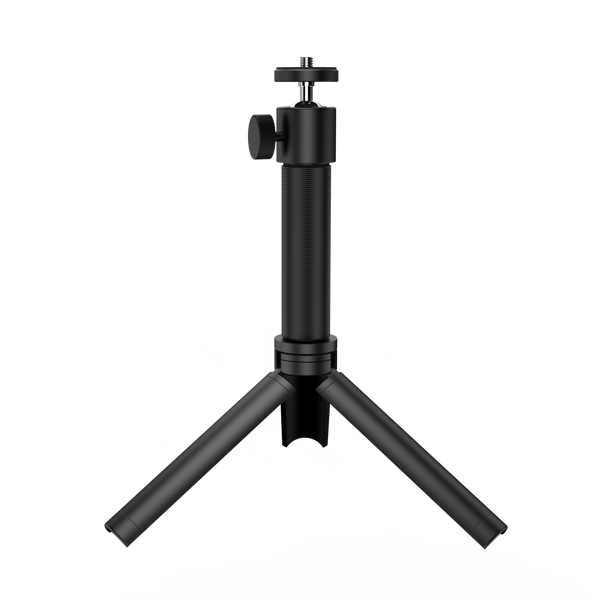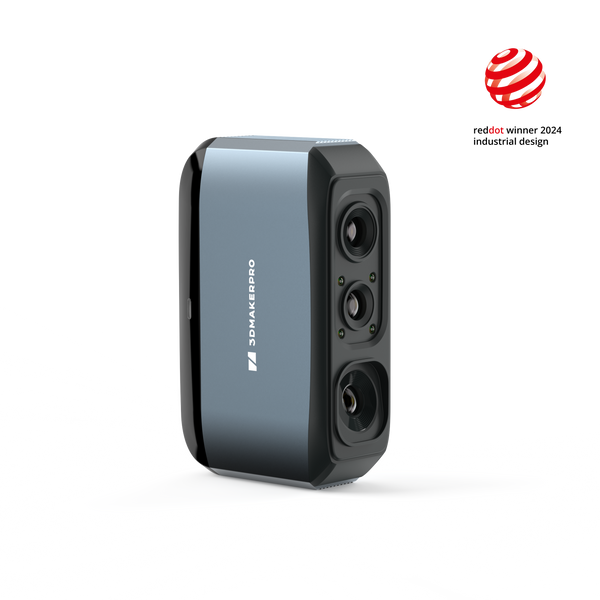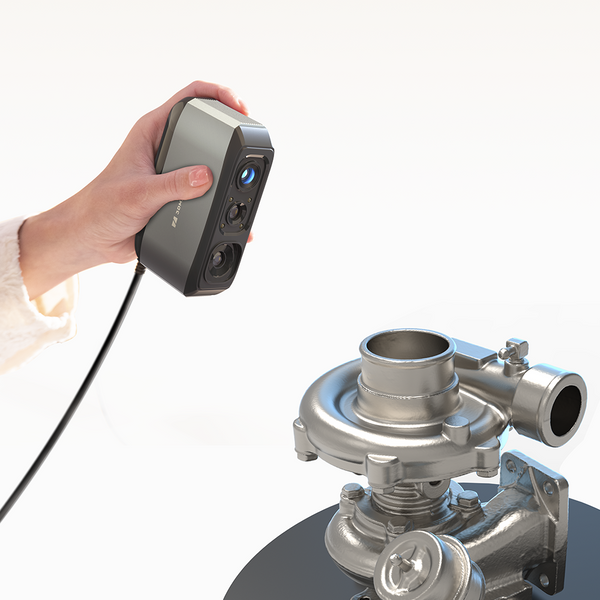In the rapidly advancing field of 3D scanning, Phase-Shifting Structured Light (PSSL) technology stands out for its precision and efficiency. This blog will explore what PSSL technology is and highlight the key differences between it and Single Frame Coded Structured Light 3D scanners, providing insights into their respective advantages and applications.
What is Phase-Shifting Structured Light Technology?
Phase-Shifting Structured Light technology involves projecting a series of light patterns onto an object to capture its three-dimensional geometry. Unlike traditional structured light scanner techniques, PSSL utilizes multiple projected patterns that shift in phase. By analyzing the variations in these patterns as they interact with the object's surface, PSSL achieves highly accurate depth measurements and creates detailed 3D representations.
What is Single Frame Coded Structured Light?
Single Frame Coded Structured Light technology is a method where a unique coded pattern is projected onto an object, capturing depth information in a single frame. This method uses a specific encoding scheme that allows the structured light scanner to interpret the reflected light patterns and derive 3D coordinates. The key advantage of this approach is its speed, as it processes all the necessary data in one snapshot, making it ideal for dynamic or fast-moving subjects.
Measurement Accuracy
When it comes to measurement accuracy, Phase-Shifting Structured Light technology excels by utilizing multiple patterns to derive depth information. This phase-shifting technique allows for finer resolution and minimizes the effects of noise and environmental variability. As a result, PSSL can capture intricate details even on complex surfaces, making it suitable for high-precision tasks. For example, the Toucan 3D Scanner can generate a point cloud frame using seven photos, ensuring higher accuracy for thin and small objects.
In contrast, Single Frame Coded Structured Light, while efficient, may struggle with accuracy in scenarios involving intricate geometries or reflective surfaces. Since it relies on a single frame for data capture, any distortions or inaccuracies can lead to errors in the final 3D model. Consequently, PSSL is often preferred in applications where precision is critical. For instance, the Moose 3D Scanner generates a frame of point cloud from just one photo, achieving relatively high accuracy, albeit slightly lower than that of the phase-shift scanner.
Speed of Scanning
While PSSL offers high accuracy, its reliance on multiple patterns can make the scanning process longer compared to Single Frame Coded Structured Light. The latter’s key advantage lies in its speed; by capturing all necessary data in a single frame, it enables rapid scanning. This capability is particularly valuable in fields like robotics, where quick data acquisition can significantly enhance performance.
Robustness to Environmental Variability
Phase-Shifting Structured Light is highly robust against environmental variability, thanks to its advanced phase analysis technique. This resilience allows PSSL to perform consistently across various lighting conditions and surface textures, ensuring reliable data capture even in challenging environments. For example, the Toucan 3D Scanner can effectively scan dark objects, such as black and red surfaces, and even can operate in low-light conditions, producing high-precision 3D models.
Conversely, Single Frame Coded Structured Light may be more susceptible to environmental factors. Since it captures data in one frame, fluctuations in light or surface reflection can significantly impact scan quality. This limitation can make Single Frame Coded Structured Light less reliable in unpredictable ambient conditions. For instance, the Moose 3D Scanner tends to lose track of dark objects and often requires a scanning spray for improved scanning results.
Data Processing Efficiency
Phase-Shifting Structured Light technology employs advanced algorithms to process captured data efficiently. The ability to analyze multiple patterns allows for real-time feedback and immediate adjustments during scanning. This efficiency enhances user experience and streamlines workflows, making it easier to achieve high-quality results. After scanning with the Toucan 3D Scanner, users can process the model directly on the device, providing a truly integrated machine experience. Alternatively, they can use JM Studio on a computer.
In comparison, Single Frame Coded Structured Light offers quick data acquisition, but its processing can be less flexible. Since it relies on a single image, adjustments or corrections may require additional scanning or processing steps, potentially slowing down the workflow. While fast, Single Frame Coded Structured Light may not match the overall efficiency of PSSL in more complex applications. The Moose 3D Scanner, for instance, must require a connection to a computer and the use of JM Studio for model processing.
Phase-Shifting Structured Light technology represents a significant advancement in 3D scanning, offering improved accuracy, stability, and versatility. However, Single Frame Coded Structured Light scanners excel in speed and rapid data acquisition. Understanding these differences will help individuals choose the right structured light scanner technology for their needs, ultimately shaping the future of 3D modeling and analysis


